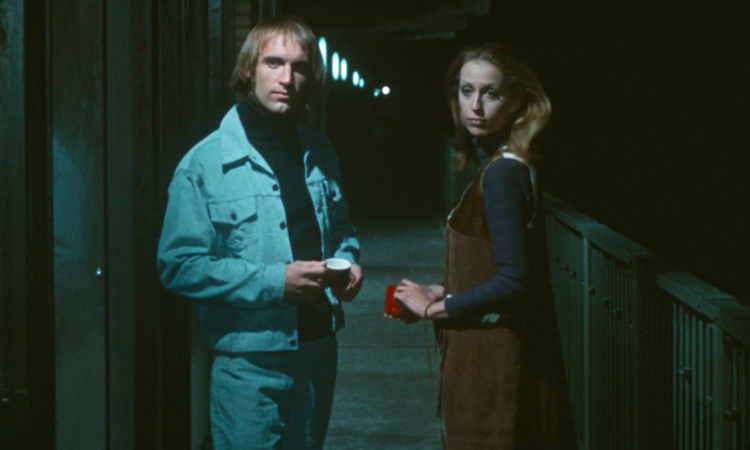

Saturation must be managed but a complimentary pair are often quite naturally pleasing to the eye. This pairs a warm color with a cool color and produces a high contrast and vibrant result. A common example is orange and blue, or teal. This is by far the most commonly used pairing. Two colors on opposite sides of the color wheel make a complimentary pair. We will quickly define the common color harmonies or color chords, each consists of two or more colors within a specific pattern or relationship on the color wheel.Īll of the frame grabs used to illustrate the 5 most common schemes were created by graphic designer Roxy Radulescu from her site It’s worth taking some time to look through all the work she has done. Cool colors give a soothing and calm impression. Firstly you’ll notice warmer colors on the right side, and cooler colors on the left. A further six tertiary colors can be made by mixing the primary and secondary colors.

The three secondary colors are green, orange and purple, and can be made by mixing two primary colors. In the RYB color model, the primary colors are red, yellow and blue. In a simplified form the color wheel comprises 12 colors based on the RYB (or subtractive) color model. The color wheel is the common tool you will see when it comes to color control, and it is standard in color theory in defining a number of combinations that are considered especially pleasing. This should look familiar to anyone with experience of a 3 way color corrector. The Color Wheelįirst of all we’ll look at some fundamentals that will apply equally to both design, and post. Some colors are distinctly associated with a particular location or place, while others give a sense of time or period. A strong red color has been shown to raise blood pressure, while a blue color has a calming effect. In the sense of the work of the world’s greatest cinematographers we admire so much nothing is accidental. Knowledge gives you control, and control means you can manipulate and use color to give your work a powerful and beautiful edge.īeing able to use color to create harmony, or tension within a scene, or to bring attention to a key visual theme can be used to spectacular effect. The Effect of ColorĬolor can affect us psychologically and physically, often without us being aware, and can be used as a strong device within a story. The basic knowledge I am about to share helped immensely in those situations. Many times I’ve brought on someone in a junior role, or simply used a stylist to quickly set dress a location with found existing objects, or to bring some selected items in with them if needed. Sometimes perhaps, but certainly not for every project.

BLUE IN FILM PROFESSIONAL
While this is true, how many of us regularly work with a professional production designer? This is carefully planned by art department as a whole in consultation with the director and cinematographer long before cameras roll. In post of course, a colorist can only work with what he (or she) is given, and so it can be argued that the overall look and feel of the image is the responsibility of the production designer. If you’ve never really come to grips with why certain colors or combinations of color evoke or induce a emotional response, or simply just look pleasing, this explanation of basic practical color theory may suddenly cause the puzzle pieces to fall together or spark some interest in researching it further. I want to share a few of my “ah ha!” moments that I assume some (most) of you already know, because of course it’s “assumed” knowledge, but the truth is maybe it will help more than a few of you to connect some dots of your own. This is logical, but I have found the assumed knowledge is often rarely discussed, because, well, it’s assumed that you already have it. At the same time, as your experience grows and your expanding network of connections allows you to move up the ranks, you also find the expected, assumed level of knowledge increases. I truly love it, the people, the gear, the creativity and energy. In this article we look at 5 common film color schemes that can help you understand how cinematic color design works.


 0 kommentar(er)
0 kommentar(er)
